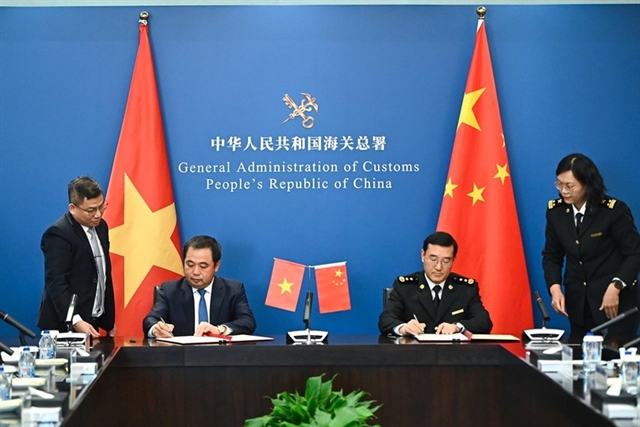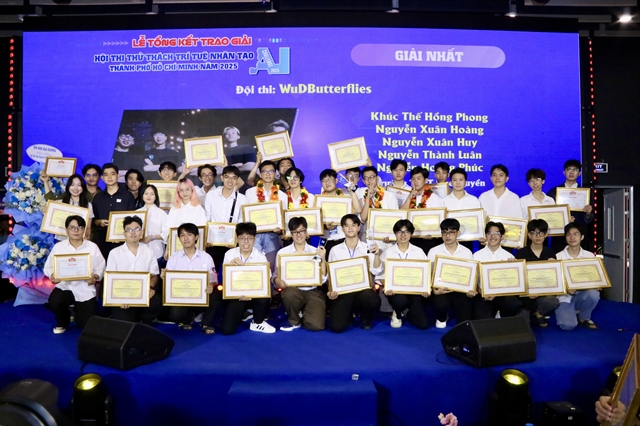 Environment
Environment


|
| A view of Hạ Long Bay. Quảng Ninh Province will introduce measures to better protect the UNESCO World Heritage Site. — VNA/VNS Photo Huy Hùng |
QUẢNG NINH — Near Hạ Long Bay, experts discussed environmental pollution during a question-and-answer session of the Quảng Ninh People’s Council yesterday.
There are two cement plants very close to the bay – the Thăng Long Cement Joint-stock Company plant with capacity of 2.3 million tonnes per year and the Hạ Long Cement Joint-stock Company plant with an annual capacity of 2 million tonnes.
Hạ Long Bay was recognised as a UNESCO World Heritage Site in 1994. The two plants are very close by in Hoành Bồ District.
The dust and fume exhaust treatment systems of the plants meet current environmental regulations, but the dust they discharge has still worsened pollution in the protected area.
Provincial authorities fined the plants in 2011 and 2018 VNĐ55 million and 290 million (US$2,375-12,500), respectively.
Speaking at the meeting, deputy chairman of the Quảng Ninh People’s Committee Cao Tường Huy proposed the Ministry of Transport report the case to Prime Minister Nguyễn Xuân Phúc and exclude the two plants from the national cement development plan for the coming years.
In 2014, the Quảng Ninh People’s Council decided not to build any new thermal power plants or cement plants within a radius of 15km around the heritage area.
On September 8, 2016, the provincial people’s committee sent a proposal to the Ministry of Construction to stop increasing the capacity of present plants and move planned plants further away. Both moves were designed to protect the natural landscapes of the UNESCO site.
Chairman of the Quảng Ninh People’s Council Nguyễn Xuân Ký said that by 2030, all of the cement plants would be moved to more suitable places. Their current locations would be used to develop urban areas or environmentally friendly plants.
Deputy Prime Minister Trịnh Đình Dũng recently signed Decision 702/QĐ-TTG to approve the plan for the city of Hạ Long's development. The decision sets out a vision lasting until 2050.
Under the decision, it will be developed into a modern and friendly coastal tourism city. It must have modern infrastructures and conserve the world heritage site.
Ký instructed concerned organisations to protect the environment around the heritage area and asked them to send proposals to the State and the Government to create good conditions for the province to meet its green development targets. — VNS




